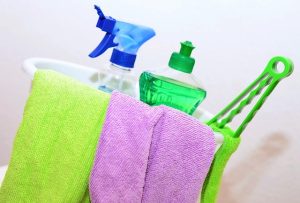This text discusses the challenges of pet stains and odors in homes, highlighting the importance of prompt attention to prevent bacterial growth and persistent smells. It explains how enzymes and specialized cleaners break down proteins, fats, and carbohydrates to eliminate stains and odors at their source. The content emphasizes that professional pet stain cleaning services offer superior solutions over OTC products due to advanced equipment, tailored techniques, deeper cleaning, and flexible scheduling. It provides tips for choosing reputable professionals, including positive customer reviews, eco-friendly solutions, and guarantees. Additionally, it covers effective cleaning steps, such as identifying stain types, pre-treatment with blotting, using enzymatic solutions, rinsing, and drying. Preventive measures like regular cleaning, good ventilation, and pet training are also highlighted to maintain a stain-free home. Case studies demonstrate the success of professional services in tackling tough pet messes and odors.
Tired of battling stubborn pet stains and odors? Understanding the science behind these persistent problems is the first step towards a cleaner, fresher home. From identifying common causes and types of pet stains to learning about effective cleaning solutions and professional services, this guide covers everything you need to know for successful pet stain cleaning. Discover DIY tips, expert advice, and maintenance strategies to keep your space stain-free and smelling fresh.
Understanding Pet Stains: Common Causes and Types
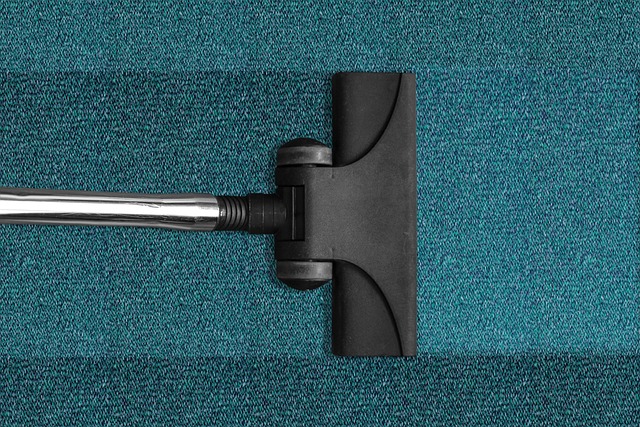
Pet stains can be a common challenge for homeowners, especially those with furry friends. Understanding the causes and types of these stains is the first step in effective pet stain cleaning. One of the primary reasons behind pet stains is their natural behavior—urinating or defecating in specific areas as territorial markings or due to medical conditions like stress or anxiety.
Various types of pet stains exist, each requiring a tailored approach for cleaning. Urine stains often leave a yellow or amber residue and can be particularly stubborn if not addressed promptly. Fecal stains, usually brown or black, pose their own set of challenges as they may contain harmful bacteria and parasites. Additionally, pet hair, dander, and skin oils contribute to the overall odor, making it crucial to address both the stain and the smell for thorough pet stain cleaning.
The Science Behind Odor: How Stains and Smells Persist
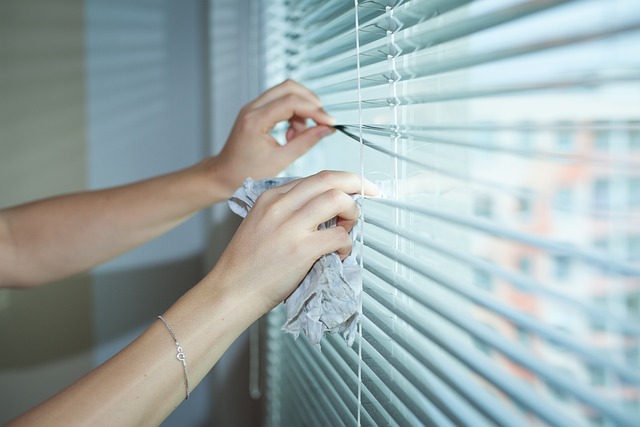
Odors and stains are often stubborn visitors that linger in our homes, and understanding their science is key to effective cleaning. When an animal spills or leaves behind a mess, various elements contribute to the persistence of odors and stains. Proteins, fats, and carbohydrates—common components in pet messes—break down into amino acids, which can adhere to fabrics and surfaces, causing persistent smells. These organic compounds react with oxygen and other chemicals present in the environment, creating complex odor molecules that are challenging to eliminate.
Moreover, bacteria play a significant role in the development of odors. They feed on these organic substances, producing volatile sulfur compounds and amines, responsible for many unpleasant smells. In the case of pet stain cleaning, it’s crucial to address both the visible mess and the underlying bacteria to ensure a fresh and odor-free environment. This understanding empowers homeowners to choose the right cleaning methods, such as using enzymatic cleaners designed to break down proteins and eliminate odors at their source, effectively tackling pet stains.
Effective Cleaning Solutions: Over-the-Counter vs. Professional Products
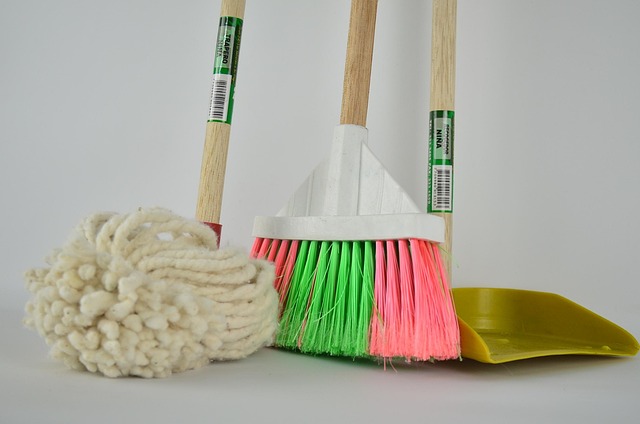
When it comes to tackling tough stains and odors, especially from pets, many homeowners often wonder if they should opt for over-the-counter (OTC) cleaning products or invest in professional solutions. While OTC options are readily available and can be effective for minor issues, professional pet stain cleaning services offer a more comprehensive approach. These experts have access to advanced equipment and specialized chemicals designed to target even the most ingrained pet stains and odors.
Professional cleaners understand that different fabrics and materials require unique care, so they tailor their methods accordingly. They use powerful enzymes and natural catalysts to break down organic compounds responsible for pet messes, ensuring a deeper clean than what’s possible with typical household products. This level of expertise is particularly valuable when dealing with stubborn urine or fecal stains, as these professionals can safely remove them without damaging fabrics or leaving behind residues.
DIY vs. Professional Stain Removal: Which is Best for Your Home?
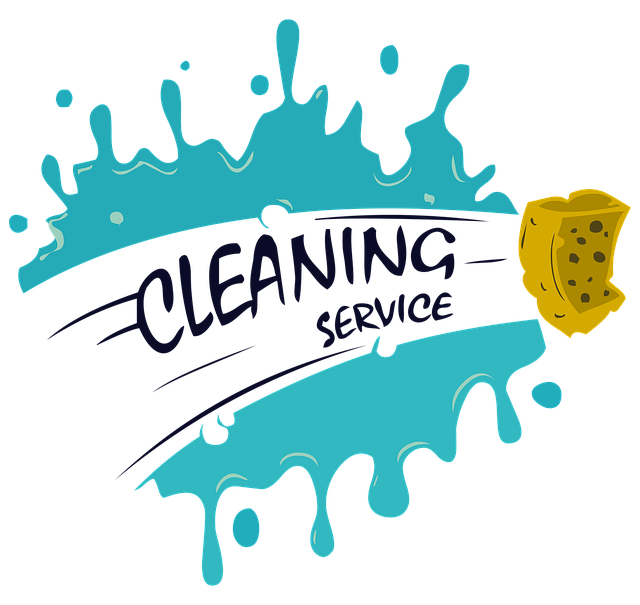
When it comes to stain and odor removal, many homeowners wonder if tackling the task themselves is more cost-effective than hiring professionals. While DIY cleaning can be tempting for those looking to save money, professional pet stain cleaning services offer several advantages that might make them the better choice for maintaining a clean home.
For one, professionals have access to specialized equipment and products designed specifically for removing tough pet stains and odors. They understand the various techniques and substances needed to tackle different types of stains, ensuring effective removal without causing further damage to your flooring or fabrics. Moreover, professional cleaners often provide a deeper clean, paying attention to detail and hard-to-reach areas that DIY methods might miss. This thoroughness is especially beneficial for pet stain cleaning, where odors and marks can persist if not properly addressed.
Choosing the Right Expert: Qualities of a Reputable Pet Stain Cleaning Service
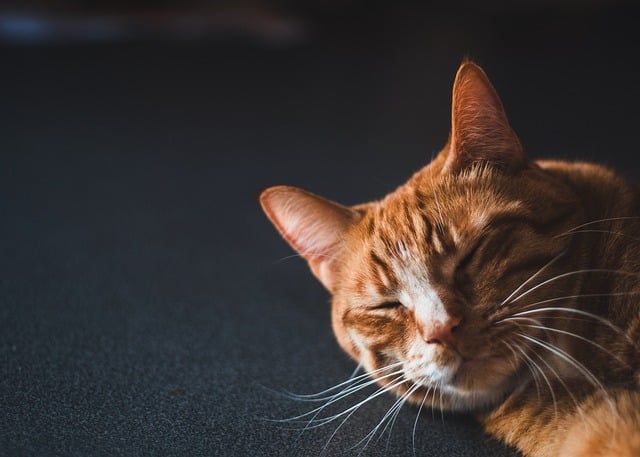
When selecting a pet stain cleaning service, it’s paramount to choose a reputable company with proven expertise in this specialized area. Look for businesses that have a solid track record and positive customer reviews, indicating their commitment to delivering high-quality results. A reliable pet stain cleaning service should possess advanced equipment and eco-friendly solutions tailored for effective yet safe removal of stains and odors. They must also offer flexible scheduling options and competitive pricing without compromising on the quality of service.
The best professionals in this field often have a deep understanding of different flooring types and materials, allowing them to handle various pet accidents and messes appropriately. Additionally, they should be insured and bonded, providing financial protection for any potential damage during the cleaning process. Reputable companies will also offer guarantees on their work, ensuring customer satisfaction and peace of mind.
The Cleaning Process: Step-by-Step Guide to Removing Tough Pet Stains
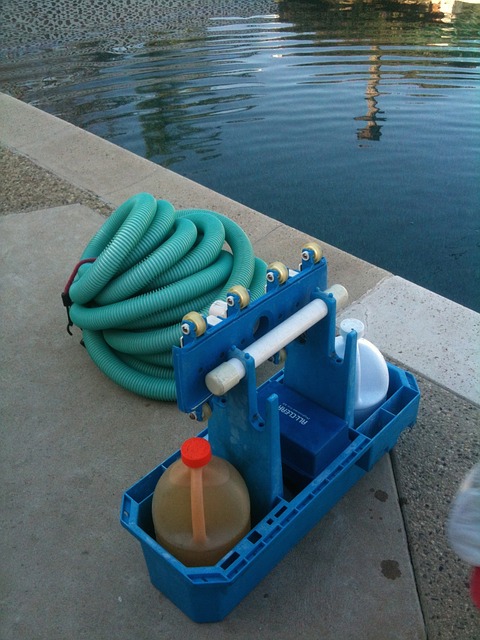
Removing tough pet stains from carpets and upholstery requires a systematic approach. It starts with identifying the type of stain, as different materials demand unique cleaning techniques. For instance, urine stains need a specific treatment compared to fecal matter or vomit.
Once identified, pre-treatment is key. Blotting the surface gently with a clean cloth or paper towel helps absorb excess liquid while avoiding spreading the stain further. After pre-treating, apply a suitable cleaning solution – enzyme-based products are often recommended for pet stains as they break down organic matter effectively. Test any cleaning agent on a small, inconspicuous area first to ensure it won’t damage the fabric or cause discoloration. Rinse thoroughly and dry completely to prevent re-soiling.
Dealing with Common Odors: Strategies for Eliminating Unpleasant Aromas

Dealing with common odors is a significant aspect of expert stain and odor cleaning, especially when it comes to pet stains. The first step in eliminating unpleasant aromas is identifying the source. Pet accidents often leave behind not just visible stains but also subtle, yet potent, odors that require specialized attention. A thorough understanding of different pet urine and fecal compositions is crucial for effective cleaning; these substances have distinct chemical properties that impact their persistence and the methods needed to remove them.
Professional cleaners employ a range of strategies tailored to specific odors. For instance, enzymatic cleaners are highly effective in breaking down organic compounds in pet stains, neutralizing odors at their source. Additionally, using advanced oxidation techniques like ozonation can significantly reduce residual smells by transforming odor-causing molecules into harmless substances. Regular cleaning and maintaining good ventilation are also preventive measures that go a long way in keeping spaces fresh and free from persistent pet odors.
Maintenance and Prevention: Tips for Keeping Your Home Stain-Free
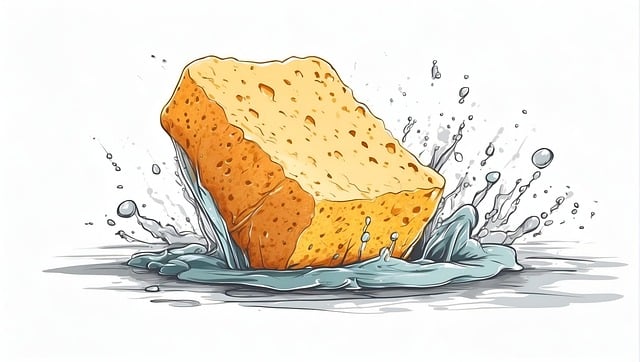
Maintaining a stain-free home, especially in areas prone to pet messes, requires a proactive approach. Regular cleaning and maintenance are key to preventing stubborn stains from setting in. Start by establishing a consistent cleaning routine, focusing on high-traffic zones where pets frequent. Use microfiber cloths or sponges to wipe up any spills or accidents immediately to minimize damage.
Additionally, invest in pet-friendly cleaning products designed for effective yet safe removal of pet stains and odors. Enforce regular grooming and brushing sessions for your pets to reduce shedding and dander, which can contribute to a cleaner environment. Training your pets to use designated litter boxes or dog areas can also be highly effective in preventing Pet Stain Cleaning challenges later on.
Real-Life Success Stories: Case Studies of Effective Pet Stain Cleaning
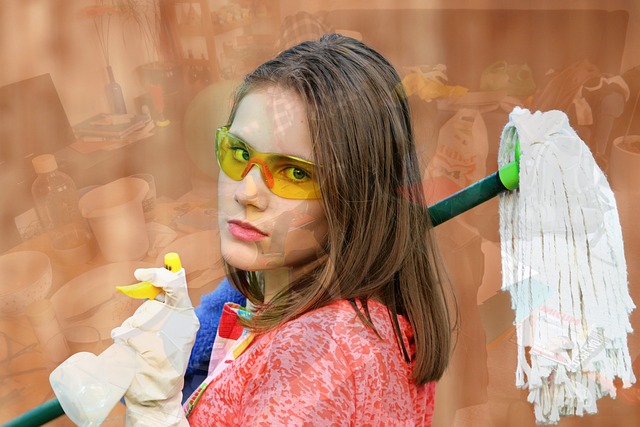
Many pet owners face the challenge of stubborn pet stains and odors, but with the right expertise, these issues can be successfully tackled. Real-life case studies showcase the power of professional pet stain cleaning services in transforming homes back to their fresh and clean states. From deep-seated urine stains on carpets to hard-to-reach odor sources in furniture, these professionals have seen it all.
One notable success story involves a family with a lovable but mischievous labrador retriever that had an unfortunate accident on the couch. The experts used specialized enzymes to break down the urine and eliminate the smell, saving the couch from permanent damage. Another case highlights a rental property owner who struggled with persistent pet odors in between tenants. The cleaning team applied advanced deodorizing techniques, leaving the space fresh and ready for the next tenant, proving that effective pet stain cleaning is not just about removing visible stains but also neutralizing hard-to-reach odors.
